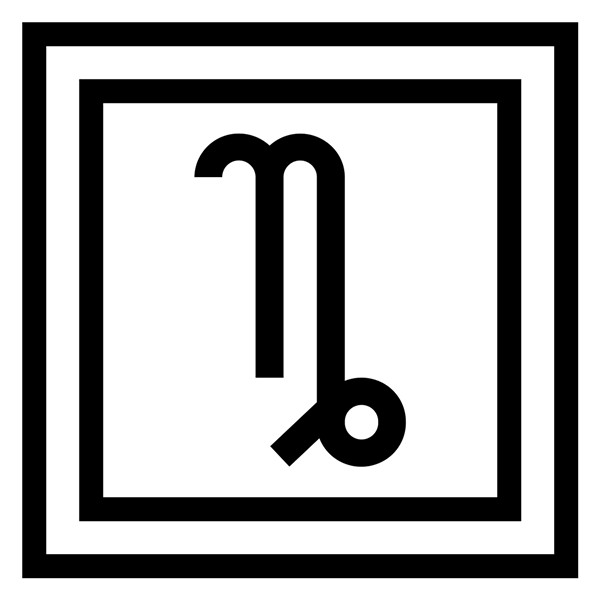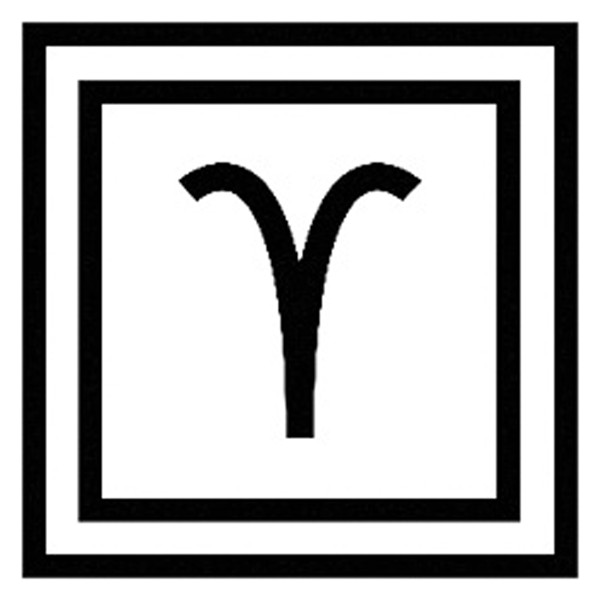If we switch to an astrological (i.e., planetary) frame of reference, we can take advantage of a system that is based on the cycles of nature, not abstractions. This system has its problems too, but at least the model is elliptical. You get some context; you can relate time and space in a tangible way. You can see synchronicities, in the form of planets making aspects which come with key historical events that reveal the nature of the alignments. We may not know how or why this works, but I can tell you that if you look you can see it working; then you can try to figure out how, but this seems to matter less. (If this topic interests you, take a look at Cosmos and Psyche by Richard Tarnas.)
Until the discovery of Uranus, the longest cycle conveniently available was about 29 years—that of Saturn, which was traditionally considered the lord of time and also of death. When Uranus was discovered in the late 18th century, we were able to think in 84-year cycles. Pluto took us up to 250-year cycles in the early 20th century. Today we have Eris, which has a 557-year cycle; and we have Sedna, which has an approximately 12,000-year cycle. This is progress.
In 1977, Chiron was discovered with a 50-year orbit. This orbit is highly elliptical, so Chiron spends radically different lengths of time in different signs; this is one of its main uses. It reveals hidden patterns below the visible surface of reality that become plainly obvious when you study the patterns in someone’s biography.
Using these tools, it is possible to track the cycle of two planets—for example, the Uranus to Pluto cycle, which was very active in the 1960s as well as during many periods of revolution, and which will be active for the next seven years. This gives context; that is, it helps us find our location in the vast cycles of history and to assess the available energy of a particular time period. We can’t necessarily make exact predictions, but we can tell which of the big energies are working together, note the context and respond accordingly.
There are other ways to measure. One is using rare events, such as when a planet makes an exact conjunction to the Sun, called a transit. (The word transit has two meanings; the more common one is when any planet contacts any other planet [such as the Saturn return], and the other is used by astronomy, to which I’m referring here.) You may recall the Venus transit to the Sun from June 2004. There is a Wiki article that will confuse or clarify.
Conjunctions happen all the time, but it’s rare that they align in two different dimensions. In other words, during a typical conjunction between Venus and the Sun, Venus will pass a little above or below the Sun. During a transit, Venus will cross the disk of the Sun. This happens at precise intervals. According to the very cool Wikipedia page on the topic, “Transits of Venus are among the rarest of predictable astronomical phenomena and currently occur in a pattern that repeats every 243 years, with pairs of transits eight years apart separated by long gaps of 121.5 years and 105.5 years.”
The transits come in pairs, just like eclipses. Individual events in each pair are usually separated by eight years. The event corresponding to the June 2004 transit occurs in June 2012. This is interesting because the Mayan astronomer/astrologer/priests for whatever reason chose 2012 as the end date for the 13th baktun—and they loved the cycle of Venus. So this correspondence cannot be a “mere” coincidence—it is either a synchronicity or the result of careful planning.


















